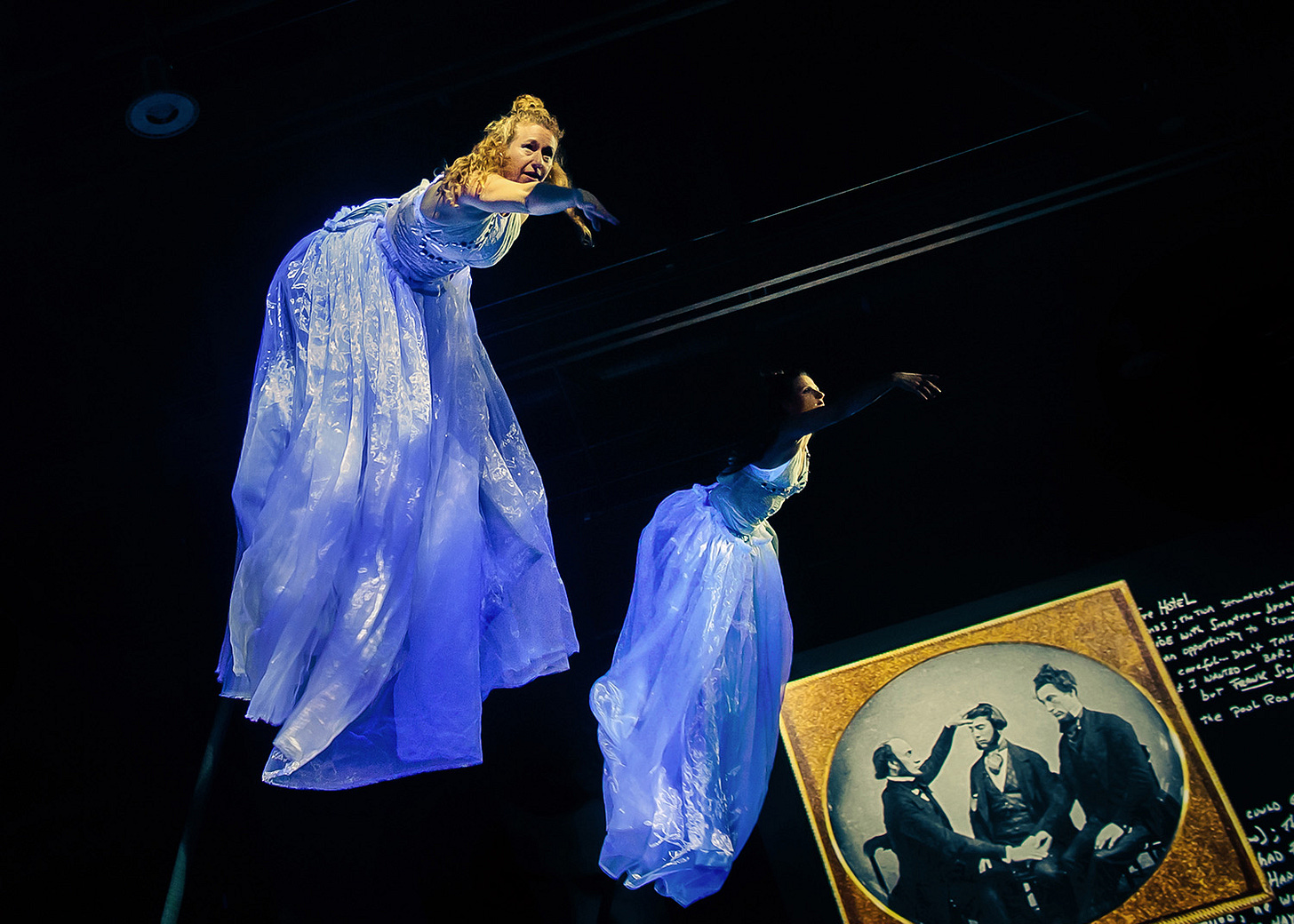What I Learned About the Art of Magic at the Magic Olympics
Photographing at the World Championship of Magic for National Geographic.
Welcome to In the Flash, a reader-supported publication about intent and creativity in photography
I have never seen a magic trick nor met a magician, not until last July. By the end of that month, I found myself surrounded by hundreds of professional magicians and was exposed to more tricks and illusions than the Hogwarts curriculum. This cornucopia of wands, cards, coins, and an occasional dove, took place in Quebec, Canada, at the World Championship of Magic, held by the International Federation of Magic Societies (FISM). I spent a week documenting the wild event for National Geographic.
I have photographed many subcultures for Nat Geo in the past, but when I found out there is such a thing as the Magic Olympics, happiness bubbled up like champagne. The assignment had all the wild promise and mystery of catching the train at King Cross Station’s platform 9 3/4 (my final Harry Potter reference). The championship has been happening, without much American publicity, every three years since 1948 in major cities around the world. But this was the first time it came to North America and caught the attention of two magic-loving writers at National Geographic, Nina Strochlic and Michael Greshko. The three of us went to investigate.


